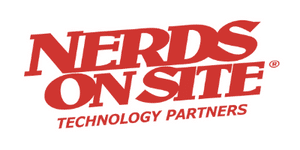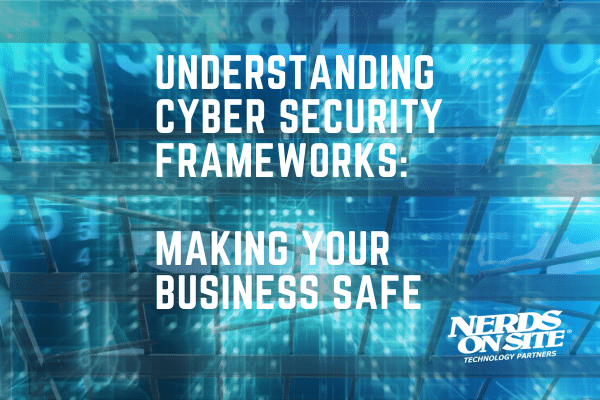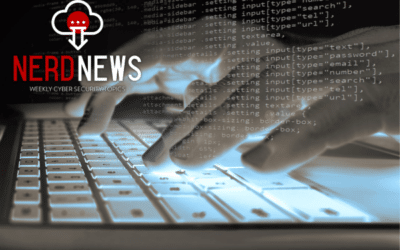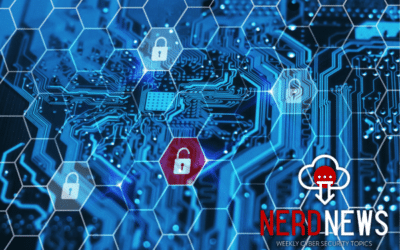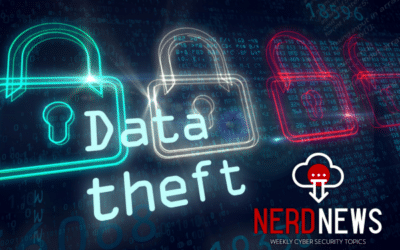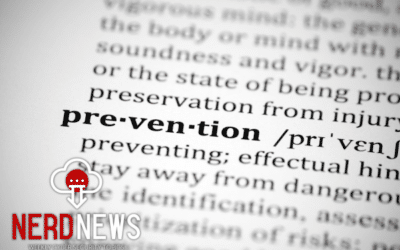What is a Cyber Security Framework?
A Cyber Security Framework is a set of controls, policies, and guidelines that help to protect your business from cyber-attacks. Cyber security frameworks provide the tools and guidance organizations need to detect, prevent, respond to, and recover from cyber incidents.
Article Contents
These frameworks allow businesses to assess their security posture against established best practices. Doing so will enable organizations to identify gaps in their security programs better and address them with the appropriate tools and resources.

Benefits of Using a Cyber Security Framework
A cyber security framework can help your business protect itself in many ways. Here are some of the major benefits:
- Compliance Management: A well-implemented cyber security framework lays the foundations for effective compliance with applicable regulations and standards.
- Cyber Defense: A cyber security framework can build a comprehensive and layered defense against cyber-attacks to protect the company’s data, systems, and networks from malicious actors.
- Risk Management: A cyber security framework will help organizations identify potential threats and assess their level of risk allowing the organization to prioritize their resources and focus on the most important security issues.
- Incident Response: A cyber security framework can help an organization prepare for, respond to, and recover from potential cyber incidents.
Challenges of Cybersecurity Frameworks
Cyber Security Frameworks have their challenges. Implementing a cyber security framework may require significant staffing, training, and technology investments.
Cyber security frameworks are designed to protect against known threats, which can be quickly outdated as new threats emerge and evolve.
Organizations must be aware of these challenges and take the necessary steps to keep their cybersecurity framework up-to-date and relevant.
Types of Cyber Security Frameworks
Various cyber security frameworks are available, such as the NIST Cyber Security Framework, the ISO/IEC 27001 Information Security Management System (ISMS), and the CIS Critical Security Controls, to name just a few. Each framework provides organizations with specific guidance on protecting their networks and data.
NIST Cyber Security Framework
Organizations, government agencies, and other entities use the National Institute of Standards and Technology (NIST) Cyber Security Framework to protect their networks from cyber attacks. It provides a comprehensive set of best practice standards for implementing security measures.
The NIST Cyber Security Framework consists of five core functions: identity, protect, detect, respond, and recover. It guides businesses in identifying potential threats, building defenses against malicious attacks, detecting intrusions, responding quickly and effectively to incidents, and recovering from any disruptions caused by an attack.
It’s worth noting that the NIST is a US government organization that implements controls and references from other cyber security frameworks and is typically seen as the industry standard.

CIS Critical Security Controls
The CIS (Center for Internet Security) Critical Security Controls are a set of 20 controls that guide organizations in protecting their networks from cyber attacks.
This framework ensures that organizations have the right security tools, processes, and personnel to protect against malicious hacks. The controls are organized into five categories: asset inventory and control, secure configurations, access control, malware defense, and software patch management.

ISO/IEC 27001 Information Security Management System (ISMS)
The ISO/IEC 27001 Information Security Management System (ISMS) is a framework that helps organizations manage their information security.
This framework guides organizations in recognizing, assessing, responding to, and mitigating risks to their information assets. The ISMS focuses on three core principles of information security, known as the CIA triad, confidentiality, information integrity, and availability of data.
Overview of Cyber Security Framework Components
All cyber security frameworks share components that guide how to protect networks and data best.
Core Cyber Security Framework Components
The core components include policies, procedures, standards, controls, risk assessment, personnel training, and compliance management.
- Policies: Policies set the ground rules for an organization’s cybersecurity practices and must be regularly updated to reflect changing threats.
- Procedures: Procedures provide teams with detailed instructions on securing networks.
- Standards: Standards are technical protocols used to protect networks and data.
- Controls: Controls are measures to mitigate potential threats, such as firewalls and antivirus software.
- Risk Assessment: Risk assessment identifies, analyzes, and evaluates potential threats and vulnerabilities.
- Personnel Training: Personnel training ensures employees know the organization’s cybersecurity policies and procedures.
- Compliance Management: Compliance management involves monitoring compliance with industry regulations and standards to ensure an organization follows the latest cyber defense measures.
Core Cyber Security Framework Functions
According to NIST, the five core functions of cyber security frameworks are identity, protect, detect, respond, and recover. These functions are then broken down further and fully cover the abovementioned components.
- Identity: This function focuses on identifying and managing user access. It involves setting up proper authentication measures, such as multi-factor authentication, to protect the system from unauthorized users.
- Protect: In this stage, organizations use policies, procedures, and tools to create a secure environment for data storage, including network security testing, strong password policies, and utilizing encryption.
- Detect: The detection stage involves actively monitoring the system to identify potential threats or vulnerabilities, including logging activities, scanning for malware, and conducting regular audits.
- Respond: Responding quickly and effectively to incidents is paramount. Organizations should have processes in place for addressing issues quickly and effectively.
- Recover: Finally, the recovery stage is about setting up backup and disaster recovery plans to minimize data loss and return operations to normal as quickly as possible.
How Your Business Gets Started With Cybersecurity Framework Implementation
To answer this question, you must decide how much current resources or capital you must dedicate to implementing a cyber security framework.
If you’re a midsized or larger business with positions available or dedicated to a Chief Technology Officer (CTO) or more specialized like a Chief Information Security Officer (CISO), then it would be their responsibility to implement these controls for your business.
Suppose you’re a smaller business that needs more resources to hire a CTO or CISO, but you’re still interested in deploying a Cyber Security Framework. In that case, please decide whether your team has the technical proficiency to understand and deploy the framework as recommended. Also, consider whether the individual or group you plan on utilizing would be better served in other roles within your organization, like sales or administration.
We specify the last line of the previous sentence because it’s not recommended for smaller businesses to have owners or key managers trying to implement these controls as they are quite in-depth and can take those key members away from activities that actively grow your business.
Using internal resources to deploy a Cyber Security Framework
We recommend starting with NIST, as it implements controls from many other frameworks and is recognized as the gold standard for cyber security. The below resources will help you get started.
Utilizing a third-party Managed Security Service Provider (MSSP) to deploy and manage your framework
If you cannot dedicate the time or resources to deploying and managing a Cyber Security Framework, consider partnering with an MSSP. These service providers specialize in offering advanced cybersecurity solutions, so they can help you implement and maintain a framework that meets all of your industry regulations. They may also provide additional services like compliance management and risk assessment.
Nerds On Site has been protecting businesses from cyberattacks for over 25 years. Our team of experts can help you determine the best cybersecurity framework for your business and implement a plan to keep your company data safe; Contact us today for more information on our cyber defense solutions.
Conclusion
The biggest digital threat to organizations in 2023 is cyber-attacks. As threats become more sophisticated and frequent, organizations must have the right cyber security frameworks to protect their data and networks.
By leveraging a comprehensive set of policies, procedures, standards, controls, risk assessment processes, personnel training initiatives, and compliance management practices, businesses can ensure their systems are well protected against potential threats. Implementing these core components and functions of cyber security frameworks is crucial to making businesses safe from cyber-attacks.
